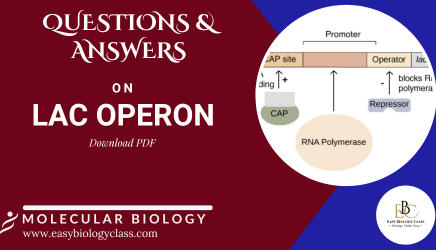
Lac Operon Questions and Answers (PDF)
The lac operon is a well-studied gene regulatory system in Escherichia coli (E. coli) that controls the metabolism of lactose. It consists of structural genes, […]

The lac operon is a well-studied gene regulatory system in Escherichia coli (E. coli) that controls the metabolism of lactose. It consists of structural genes, […]
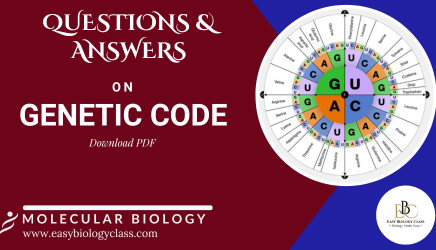
The genetic code is a set of rules by which cells translate nucleotide sequences into amino acid sequences to form proteins. It consists of codons, […]

Pyrosequencing is a widely used DNA sequencing technique that relies on detecting pyrophosphate (PPi) release during DNA synthesis. This method is different from the common […]

MCQ on Cloning: Gene cloning is a molecular biology technique used to create identical copies of a specific gene. It involves isolating a gene of […]
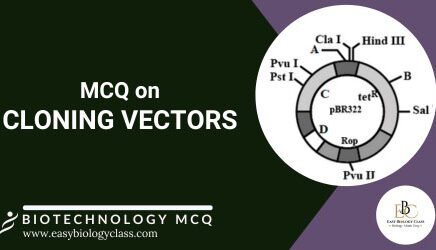
Cloning vectors are DNA molecules used to carry and replicate a specific gene or DNA fragment in a host cell. They are essential tools in […]
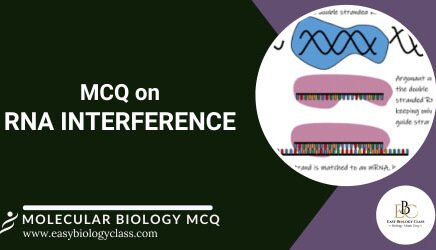
RNA interference (RNAi) is a natural biological process where small RNA molecules inhibit gene expression by degrading or blocking the translation of specific messenger RNA […]
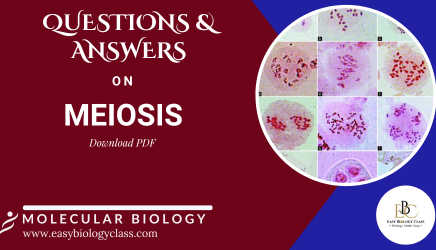
Meiosis is a specialized form of cell division that occurs in sexually reproducing organisms to produce gametes (sperm and eggs). Unlike mitosis, which results in […]
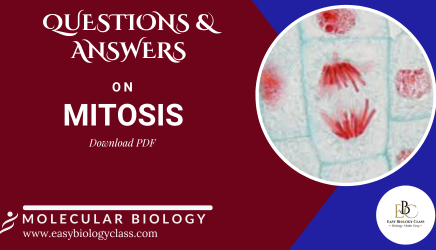
Mitosis is a type of cell division that results in two genetically identical daughter cells, each containing the same number of chromosomes as the parent […]

Translation is the process by which messenger RNA (mRNA) is decoded into a sequence of amino acids to form a functional protein. This process occurs […]